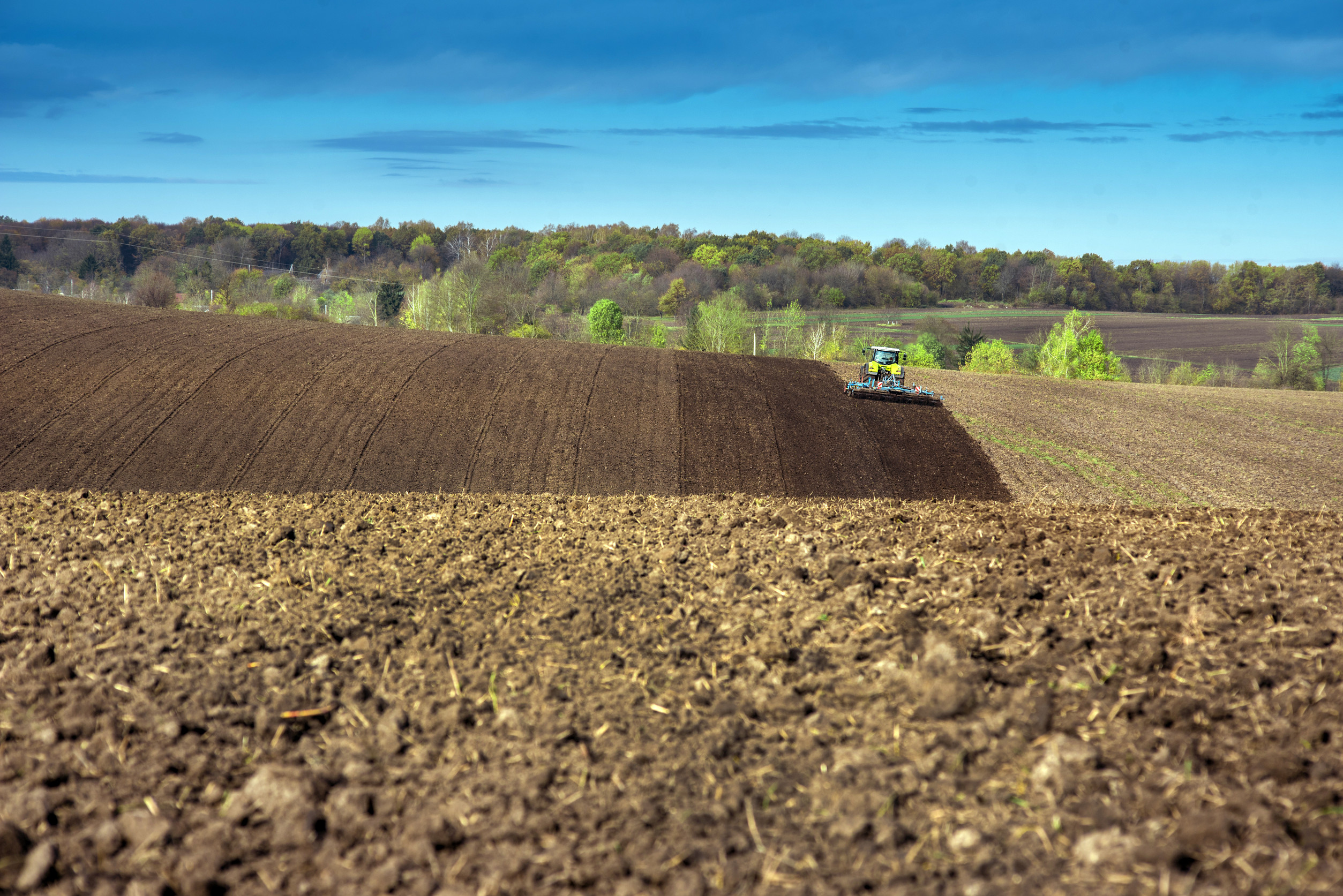Bounthanh Nhanphatna sits in the shade under a gnarled tamarind tree. Her hands are calloused. In spite of this, she is so deft at weaving a bamboo-fiber basket that her movements are hard to follow. “Which sort I like to grow best? Hom Sang Thong!”
Behind her, in a hollow, are the rice paddies of Ban Hai Tai, a village in Laos, north of the capital, Vientiane. Nhanphatna, 50, cultivates her five acres of rice in the hollow, mainly Hom Sang Thong. “It provides the best yields,” she says. Nhanphatna knows all about rice. She’s been growing it all her life.
Rice has been cultivated in Laos for 4,000 years. It is Laotians’ chief staple, with each person consuming an average of two pounds of it a day. Some 80 percent of the nation’s roughly 6.2 million inhabitants grow rice, while holding down other jobs. Wages are low, and growing rice is an essential part of feeding families. But since 1995, Laotians have doubled their yields by improving cultivation methods, introducing new seed and optimizing existing varieties. For mountainous Laos, where fields are hardly bigger than a handball pitch, that’s a big deal.
This agricultural revolution has been driven by farmers, but also by the Laotian government, the International Rice Research Institute and its Laotian partner, the Naphork Rice Research Center, which operates the country’s only seed bank. Workers at the organization even distribute improved local varieties of rice to farmers, free of charge.
Now Laos produces a modest rice surplus, part of which is exported. “Our rice is of the best quality and has often been grown without chemical fertilizers or pesticides,” says Khamphenphet Chengsavang, who runs one of the country’s largest rice mills. He supplies the military with rice, but for two years, he’s also been exporting to Thailand, China and Vietnam.
However, Laos is facing challenges from its own success. Traditional practices, like slash-and-burn clearing, are eating deeply into the forest-clad hills, which are becoming barren. This could have disastrous consequences for the microclimate and water reserves. “This method of cultivation may have worked for centuries, but it can no longer feed the growing population,” says Holger Grages of the German aid organization Welthungerhilfe (World Hunger Help).
Investors from neighboring countries are starting to take an interest in scaling up Laos’ food production. For now, most Laotian farmers resist these approaches, fearing price slumps on the local market as well as exhausted soil.
The boost rice has given to the local economy is encouraging young people to seek other jobs. Thanks to her increased income, Nhanphatna sends some of her children to study in Vientiane. Those who have stayed in the village have opened a tailor shop and a beauty parlor. They help on the farm but probably not for long.
The challenge for Nhanphatna and other Laotian farmers is to reap the benefits of increased income while preserving the roots of their success.
Rice paddy revolution
More of Today's Solutions
Try this simple breathing exercise to rid yourself of cold hands and feet
Do you often find that your hands and feet are colder than the rest of your body? This can be perplexing, especially when gloves ...
Read MoreRoman jars reveal the secrets of ancient winemaking
Archaeologists are still putting the full story of human history together. From the discovery of a Viking shipyard in Sweden to the Sistine Chapel ...
Read MoreCancer detection breakthrough revealed via butterfly-inspired imaging
In the world of sensory perception, other creatures frequently outperform humans. A research team has created an imaging sensor that looks into the elusive ultraviolet ...
Read MoreAdvancements in vision restoration: CRISPR gives hope to patients
In a revolutionary development, CRISPR gene editing emerged as a beacon of hope for people suffering from genetic blindness. The results of a Phase ...
Read More








